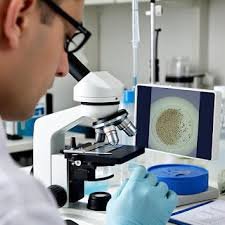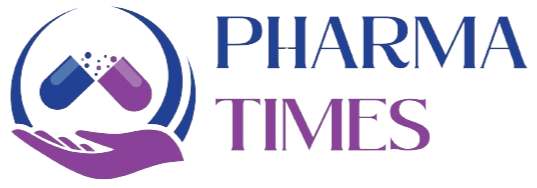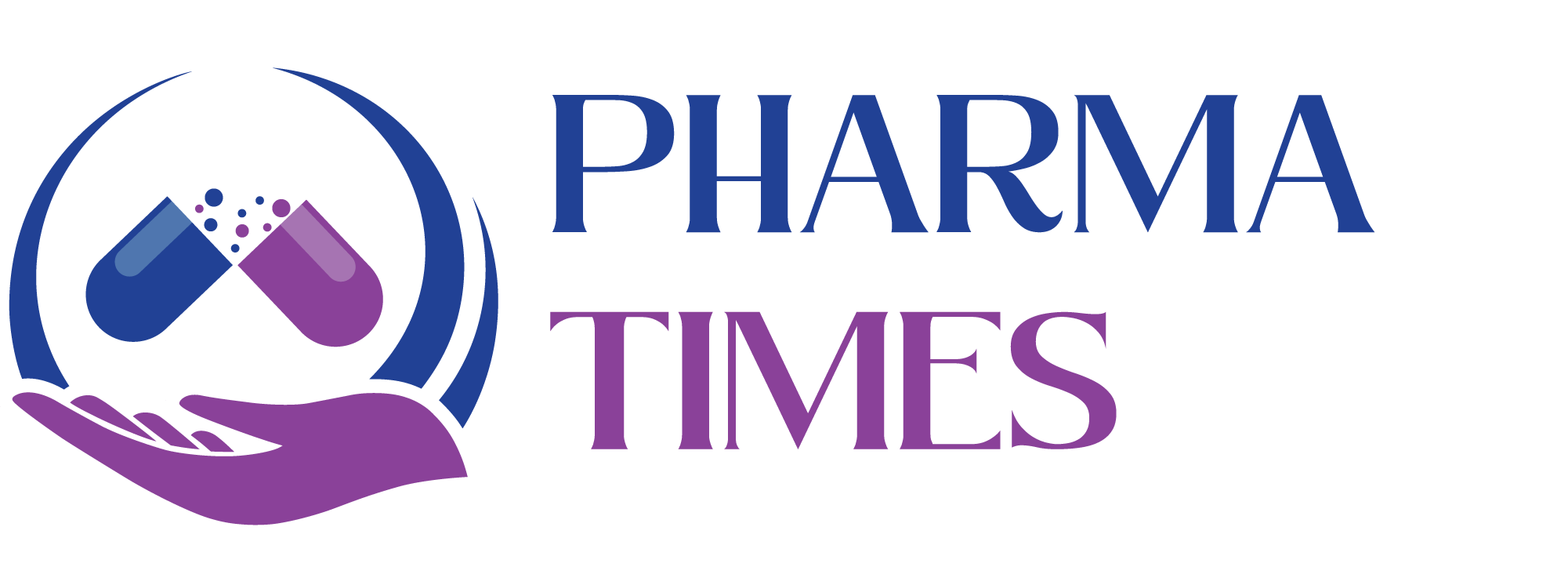Contamination Issues in Pharmaceutical Production and their Prevention

📌 Contamination Issues in Pharmaceutical Production and Their Prevention
Definition:
Contamination in pharmaceuticals refers to the undesired introduction of chemical, microbial, or physical material into drug products during manufacturing, packaging, storage, or distribution.
It poses serious risks to product quality, patient safety, and regulatory compliance.
🔹 Types of Contamination
-
Microbial Contamination
-
Caused by bacteria, fungi, viruses, or spores.
-
Sources: raw materials, water systems, air, unclean equipment, or personnel.
-
-
Cross-Contamination
-
Mixing of one product with another during production.
-
Common in facilities handling multiple products.
-
-
Particulate Contamination
-
Presence of visible/invisible foreign particles (glass, fibers, dust, plastic, metal shavings).
-
Often from equipment, packaging, or environment.
-
-
Chemical Contamination
-
Introduction of unintended chemicals (residual solvents, cleaning agents, lubricants).
-
May result from poor cleaning validation.
-
-
Endotoxin/Pyrogen Contamination
-
Bacterial endotoxins in sterile injectable products.
-
Sources: water, raw materials, or insufficient sterilization.
-
🔹 Sources of Contamination
-
Raw materials (impure or improperly handled).
-
Water systems (non-validated purified water, microbial growth).
-
Air handling units (HVAC) (poor HEPA filtration, unidirectional flow issues).
-
Manufacturing equipment (improper cleaning, worn-out parts).
-
Personnel (inadequate gowning, hygiene lapses, poor training).
-
Premises/environment (improper facility design, inadequate cleaning).
-
Packaging materials (dust, fibers, or particles from containers, foils).
🔹 Prevention of Contamination
-
Facility & Equipment Controls
-
Segregated areas for high-risk products (e.g., β-lactams, hormones, cytotoxics).
-
HVAC systems with HEPA filters and differential pressures.
-
Equipment cleaning validation & maintenance.
-
-
Personnel Controls
-
Proper gowning and hygiene practices.
-
GMP training and periodic assessments.
-
Restricted access to critical areas.
-
-
Material & Product Controls
-
Vendor qualification and testing of raw materials.
-
Controlled material movement (airlocks, pass boxes).
-
Proper storage and handling of APIs and excipients.
-
-
Water & Air Systems
-
Routine monitoring of purified water/WFI systems.
-
Validation of sanitization and cleaning cycles.
-
Regular HVAC monitoring (airborne particles, viable counts).
-
-
Cleaning & Sanitation
-
Validated cleaning procedures to remove product residues and detergents.
-
Use of dedicated or disposable equipment when necessary.
-
Scheduled sanitization of cleanrooms.
-
-
In-Process & Environmental Monitoring
-
Microbial monitoring (settle plates, swabs, air samples).
-
Particulate monitoring (online counters in sterile areas).
-
Trending and quick corrective actions.
-
-
Documentation & Compliance
-
SOPs for contamination control.
-
Deviation, CAPA, and change control for contamination events.
-
Compliance with cGMP, EU GMP Annex 1 (Sterile), and WHO guidelines.
-
🔹 Consequences of Contamination
-
Batch rejection & financial loss.
-
Regulatory action (FDA 483s, warning letters, product recalls).
-
Risk to patient health (ineffective or unsafe medicines).
-
Loss of reputation for manufacturer.
✅ Key Takeaway
Effective contamination control requires a holistic approach involving:
-
People (training & hygiene),
-
Process (validated cleaning & handling),
-
Premises (facility & air control),
-
Product (raw material checks, in-process control).
🎓 Discover one of the best Complete Pharmaceutical Quality Assurance Course available —click below to explore the course that’s shaping future in QA Course skills.

